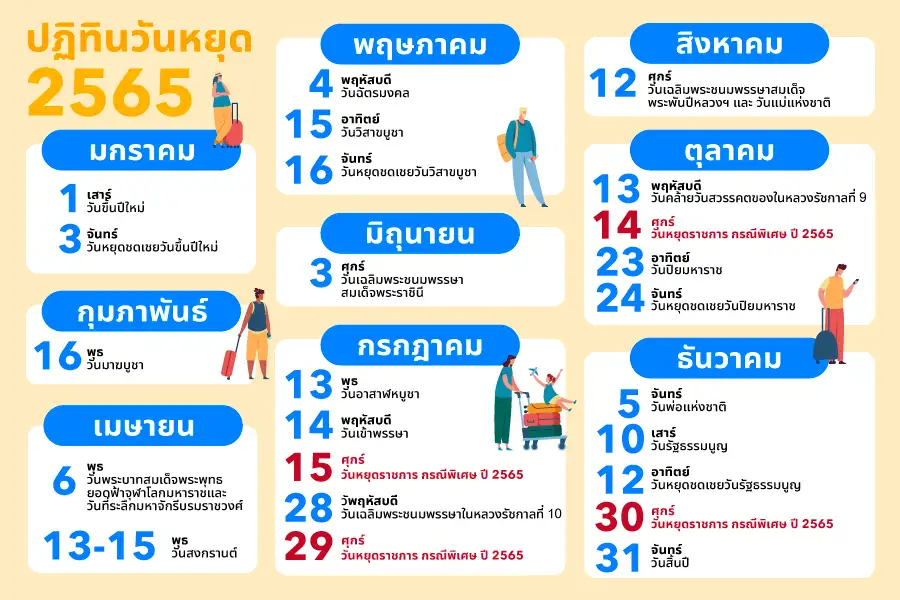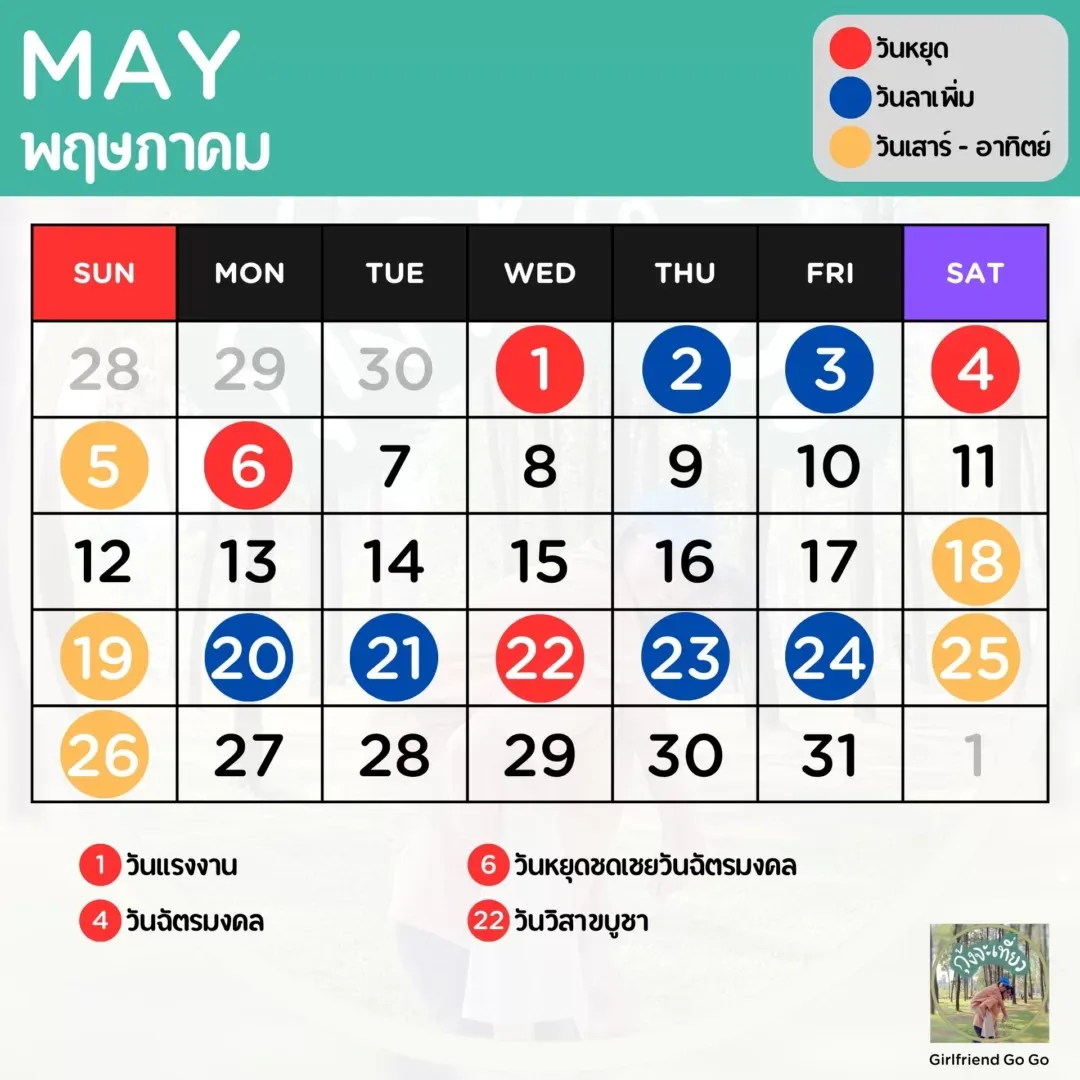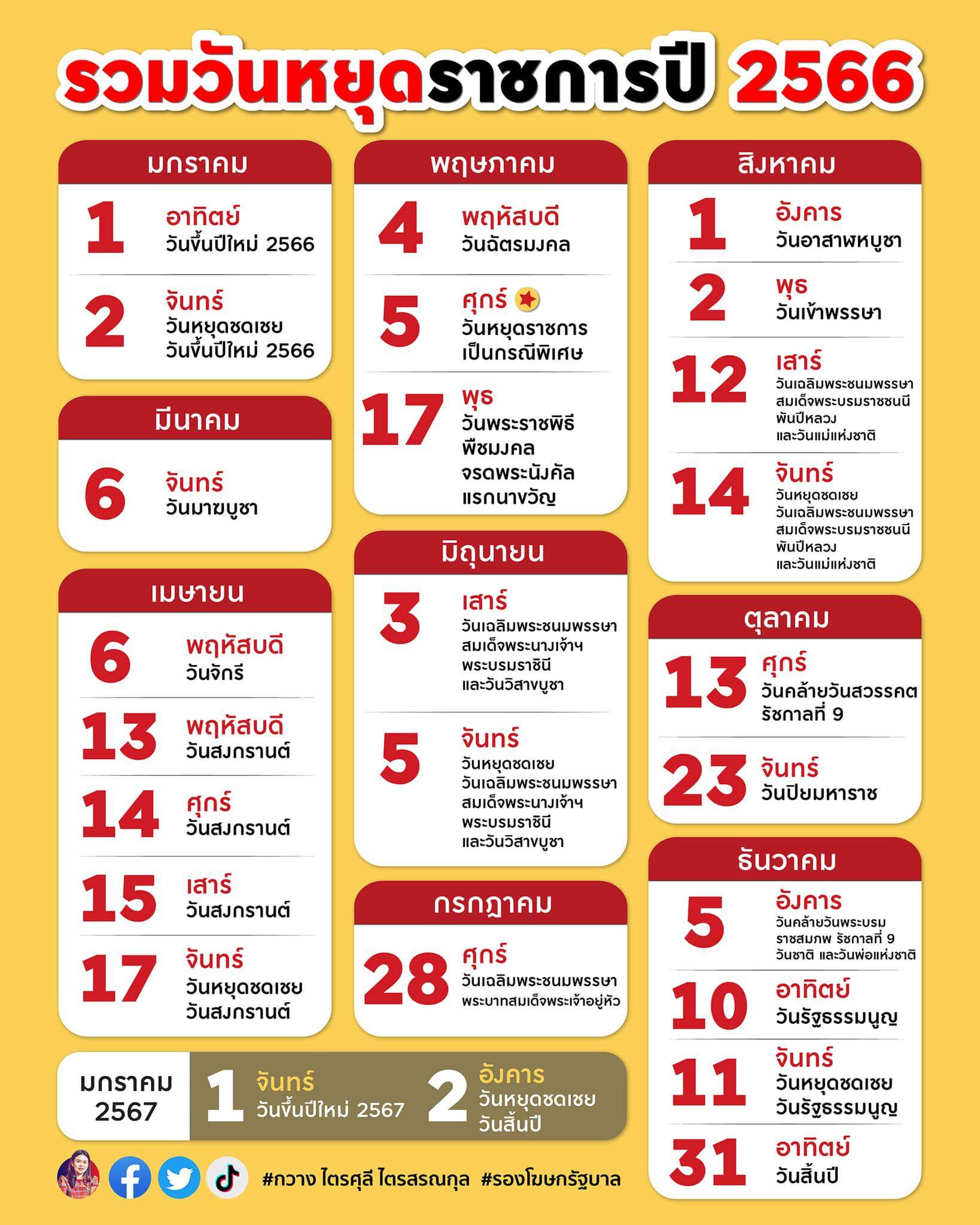ป้ายกำกับ: Buddhist Calendar
The Ultimate Guide to the Buddhist Calendar: Understanding the Lunar Cycle and Its Significance
Have you ever wondered why Buddhist holidays seem to fall on different dates each year? Or how people know when to celebrate important events? The answer lies in the Buddhist Calendar, a unique system that follows the cycles of the moon.
This guide will take you on a journey to understand the Buddhist Calendar, from its foundations to its practical applications. Get ready to discover the secrets behind this ancient system and how it shapes the lives of Buddhists worldwide!
The Lunar Cycle: The Heart of the Buddhist Calendar
Unlike the Gregorian calendar we use in everyday life, the Buddhist calendar is lunisolar, meaning it’s based on both the moon and the sun. The most important element is the moon, with each month starting on the new moon day.
To understand how this works, imagine the moon as a giant clock. It goes through phases, starting as a thin crescent and growing until it becomes a full, bright circle. Then, it starts shrinking again, ultimately becoming invisible before starting the cycle anew.
The Buddhist calendar marks the beginning of each month by this new moon, making the length of each month slightly different, ranging from 29 to 30 days. This is unlike our Gregorian calendar, which has fixed month lengths.
Beyond the Moon: Incorporating the Sun
While the lunar cycle is the primary influence, the Buddhist calendar also considers the sun’s position. This ensures that important festivals like Vesak (Buddha’s birthday), Asalha Puja (Buddha’s first sermon), and Magha Puja (Buddha’s gathering with 1250 disciples) align with the solar year.
This means that these events will generally fall around the same time every year, even though the exact date might shift slightly. This consistency helps Buddhists plan and celebrate these important festivals.
Why is the Buddhist Calendar Important?
The Buddhist calendar is more than just a system for tracking dates; it’s deeply connected to Buddhist beliefs and practices. It provides a framework for:
- Understanding the Cycle of Life: The moon’s phases are seen as a metaphor for the cycle of birth, growth, decay, and death, reminding Buddhists of the impermanence of all things.
- Observing Important Events: The calendar highlights significant events in Buddha’s life, encouraging Buddhists to reflect on his teachings and strive for enlightenment.
- Setting the Pace for Daily Life: Buddhist monks use the calendar to determine when to perform specific rituals, such as chanting and meditation.
How to Use the Buddhist Calendar
Learning to use the Buddhist calendar is a journey of exploration and understanding. You can start by:
- Finding a Calendar: Online resources and Buddhist temples often provide detailed calendars outlining important dates and festivals.
- Understanding the Terminology: Get familiar with terms like Uposatha (monthly observances), Poya (full moon days), and Wan Phra (Buddhist holidays).
- Connecting with the Cycle: Observe the moon’s phases and reflect on the meaning of each stage.
The Buddhist Calendar: A Pathway to Deeper Understanding
By delving into the depths of the Buddhist calendar, you gain a deeper understanding of Buddhist practices, values, and the profound significance of the lunar cycle. It’s a window into the rich tapestry of Buddhist culture, where tradition and spirituality intertwine.
As you continue your exploration, you’ll discover a wealth of information about specific festivals, practices, and the profound influence this calendar has on the lives of millions of Buddhists around the world.
So, take a moment to gaze at the moon, and consider the wisdom embedded in its cyclical journey. You might find yourself embarking on a journey of personal discovery, guided by the timeless wisdom of the Buddhist calendar.
Secondary Keywords: Buddhist Calendar, Lunar Calendar, Buddhist Festivals, Buddhist Holidays, Buddhist Practices








